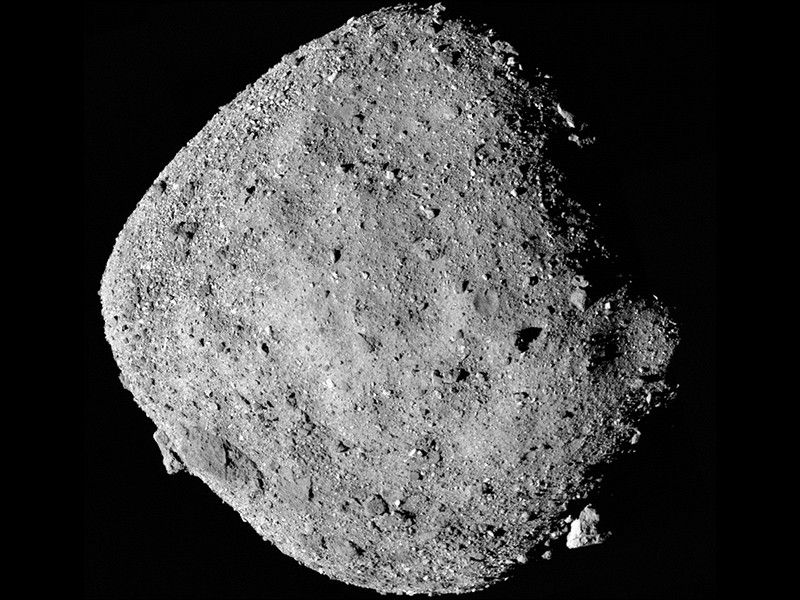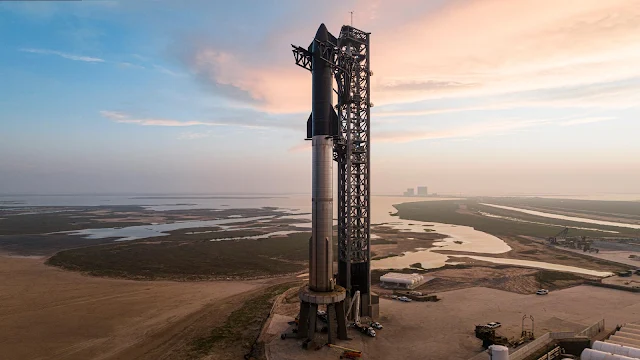Astronomers Capture First-Ever Image of a Baby Planet Forming Around a Star
For the first time in human history, astronomers have captured a direct image of a baby planet still forming inside a ring of dust and gas around a young star. This extraordinary discovery gives us a rare look at how planets are born—something scientists have only been able to explain through theory until now. The universe has finally revealed one of its deepest secrets: the moment a world begins.
🌌 Introduction: A Historic Cosmic Discovery
Astronomers using the Very Large Telescope (VLT) in Chile have imaged what is believed to be a newborn planet forming in a protoplanetary disk—a ring of dust and gas that surrounds a young star. This marks the first confirmed visual evidence of planet formation in progress, a breakthrough that brings us closer to understanding how planets—including Earth—came into existence.
The discovery was made around a young star called PDS 70, located about 370 light-years away in the constellation Centaurus. What makes this find so extraordinary is not just that the planet was photographed, but that it was captured while still forming—something astronomers have never seen so clearly before.
🔭 What Exactly Was Discovered?
The newly detected planet is known as PDS 70 b, and it is considered a "protoplanet"—a baby planet that is still growing by pulling in surrounding material through gravity.
| Fact | Details |
|---|
| Planet Name | PDS 70 b |
| Star System | PDS 70 |
| Distance from Earth | ~370 light-years |
| Planet Type | Gas Giant (still forming) |
| Orbit Distance | Similar to Uranus in our Solar System |
| Discovery Instrument | SPHERE instrument on VLT (ESO) |
Scientists estimate that PDS 70 b is a gas giant, similar to Jupiter but much younger—only about 5 million years old, compared to Earth's age of 4.5 billion years.
🌀 What is a Protoplanetary Disk?
Most stars are born surrounded by a rotating disk made of gas, dust, ice, and rock. This cosmic material is leftover from the star’s creation. Over millions of years, pieces of this material begin to collide and merge, eventually forming planets.
In simple terms:
A protoplanetary disk is a cosmic nursery—a place where planets are born.
This discovery confirms what astronomers have believed for decades: planets form inside dusty disks around new stars.
👁️ First-Ever Direct Image — How Was It Captured?
Photographing a forming planet is extremely difficult because:
❌ It is hidden inside a dusty ring
❌ Its host star is much brighter
❌ The planet is still small and faint
To solve this, astronomers used a special instrument called SPHERE (Spectro-Polarimetric High-contrast Exoplanet REsearch) attached to the Very Large Telescope in Chile. SPHERE is designed to block the star’s bright light, making it possible to see the much fainter planet beside it.
"This is the first robust detection of a young planet actually carving a path through a disk of gas and dust,"
said Dr. Miriam Keppler, lead researcher at the Max Planck Institute for Astronomy.
🔥 What Does the Baby Planet Look Like?
PDS 70 b appears as a bright glowing point in the ring of dust. Since it is still forming, it is extremely hot—with a temperature of around 1,000°C (1,832°F).
Scientists believe:
-
It has a thick atmosphere of hydrogen and methane
-
It may still be growing by absorbing nearby material
-
It emits infrared light, which made it detectable
🌗 How Do Planets Form? (Simple Explanation)
Here’s a simple step-by-step explanation of how planets like PDS 70 b are formed:
| Stage | What Happens |
|---|
| 1. Star forms | Gas cloud collapses → star is born |
| 2. Disk forms | Gas + dust spins around star |
| 3. Clumping starts | Dust particles stick and grow |
| 4. Planet seeds form | Small rocky cores appear |
| 5. Planet grows | Gravity attracts more material |
| 6. Final planet | Stable orbit + clear structure |
🧠 Why Is This Discovery Important?
✅ Confirms theories about planet formation
✅ First direct proof that planets form inside dust rings
✅ Helps scientists study young planetary atmospheres
✅ Opens research for planet birth timelines
Astronomers have seen over 5,000 exoplanets, but never before have they clearly captured one during formation—until now.
🚀 What’s Next?
The James Webb Space Telescope (JWST) is now observing the same star system to study the planet’s atmosphere and composition in even greater detail. Future telescopes like the Extremely Large Telescope (ELT) in Chile will observe how fast the planet grows and how it affects the star system.
✅ Conclusion
The birth of PDS 70 b is not just an astronomical achievement—it’s a cosmic milestone for humanity. For the first time, we are witnessing the formation of another world—a process that once happened in our own Solar System, leading to Earth and life as we know it.
This discovery reminds us that the universe is alive, evolving, and full of new worlds waiting to be found.
❓ Frequently Asked Questions
Q1: What is a baby planet?
A baby planet, also called a protoplanet, is a young planet still forming from dust and gas.
Q2: Can we see PDS 70 b with normal telescopes?
No, it can only be seen using advanced scientific telescopes like the VLT.
Q3: Could life exist on this planet?
No, it is too hot and made mostly of gas, similar to Jupiter.
Q4: Why is this important?
This is the first visual evidence of planet formation, helping us understand how Earth was created.
🔗 Sources and Scientific References
-
European Southern Observatory (ESO)
-
Max Planck Institute for Astronomy
-
NASA Exoplanet Exploration Program
-
Astronomy & Astrophysics Journal, Research Paper on PDS 70 b
✅ Call to Action
If you enjoyed this article and love space exploration:
✅ Share your thoughts in the comments — Do you think we’ll soon witness more planets being born?
✅ Follow Nebula Navigation for more cosmic discoveries
✅ Subscribe to stay updated with real space science made simple 🚀✨





















